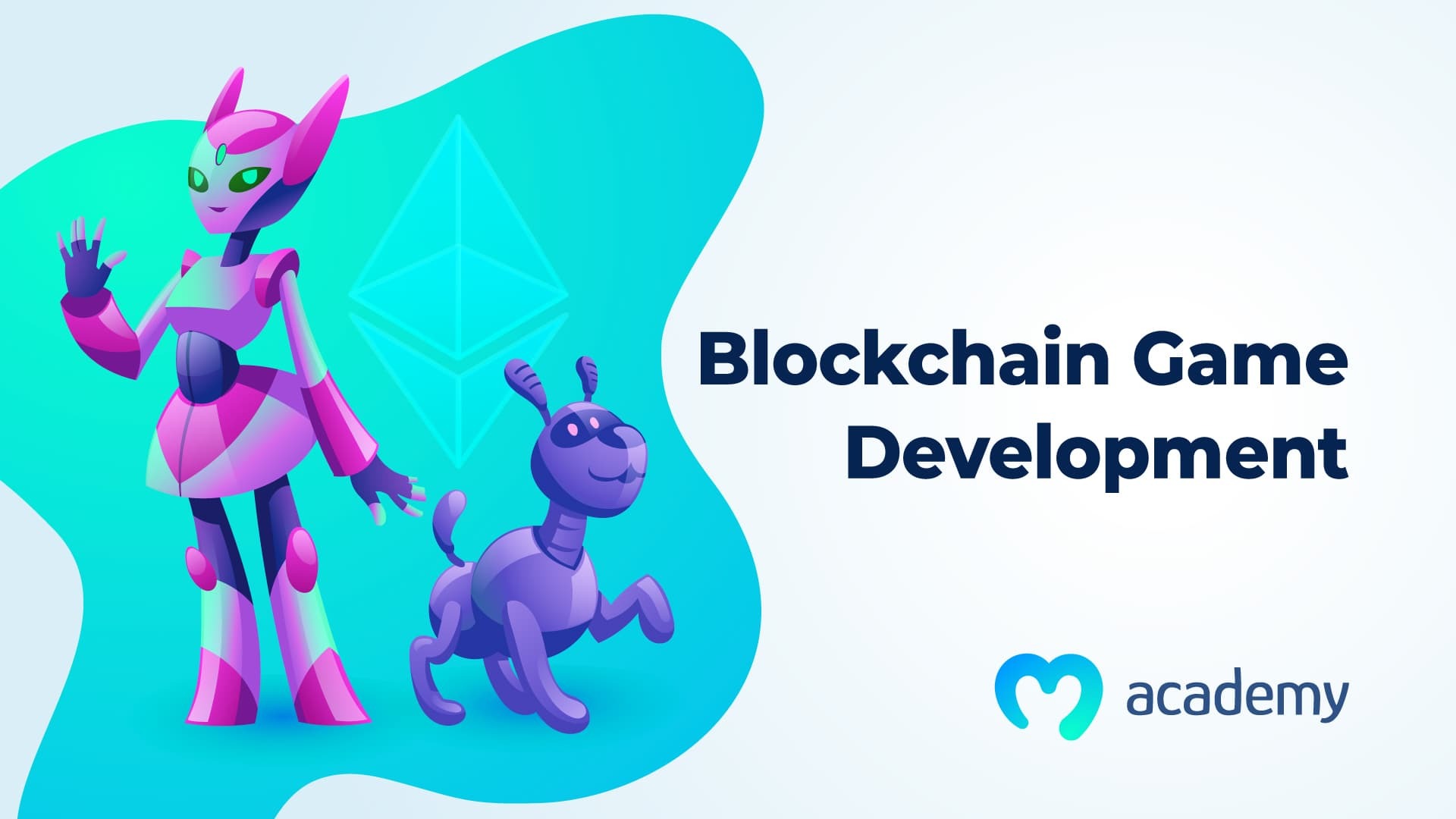The phenomenon of blockchain game development is following fast on the heels of the industry’s rapid expansion. Propelled by non-fungible token (NFT) capabilities, play-to-earn (P2E), and free-to-play (F2P) models, the blockchain gaming industry is attracting over 1.5 million gamers worldwide.
This article will explore some of the new gaming technologies sprouting on the blockchain and the best blockchain game development courses you can find. After all, this new industry will need plenty of developers to keep up with its frantic growth!
Have you ever wondered which places in the world are the most crypto-friendly? You might be surprised to find the answer. Check out our article to learn about the top five crypto-friendly countries.
What is Blockchain Gaming?
Blockchain gaming describes games built on the blockchain or integrated with blockchain technology. Take traditional games, for example. The developers and big studios control the in-game assets in this industry. Blockchain games, on the other hand, are decentralized. In this industry, developers are fusing blockchain and gaming to bring new opportunities.

Furthermore, the reason more gamers are participating in the blockchain sector is likely due to the decentralized nature of the blockchain and P2E profit potential. Below is a list of some of the notable features blockchain gaming offers.
NFT Capabilities
The ability to generate NFTs in blockchain games is a huge plus and is helping attract more gamers worldwide. Since an NFT is not exclusive to one game, it can offer a wide range of use cases. That stands in contrast to traditional in-game assets whose ownership belongs to the game creators and can’t transfer outside the game of origin.
Because of blockchain technology, gamers can earn and exchange NFTs with other players or move them to other games. NFTs certainly have the potential to spawn new gaming economies. Further, they’re serving as an inspiration for new developers and gaming projects to venture into the blockchain ecosystem.
If you are a developer and ready to learn how to mint in-game assets as NFTs, please read our blog article exploring that task further at Moralis!
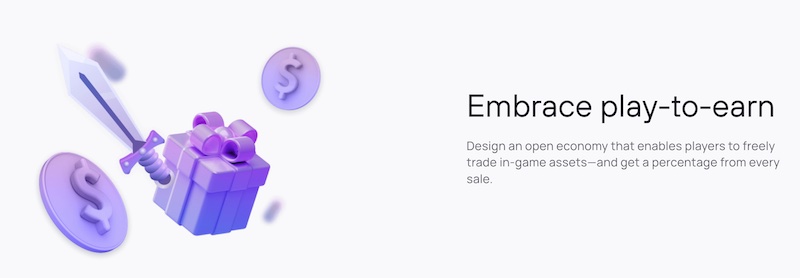
Rewarding Gamers with the Play-to-Earn Model
Another highlight of blockchain gaming is the potential rewards one can earn playing games built on the play-to-earn (P2E) model. Before P2E, only the top professionals could make money in online gaming, while the rest could spend endless hours playing games and never see a penny.
However, players can monetize their playing time and skill level on the blockchain to earn rewards in P2E games. These rewards include cryptocurrencies and in-game items such as weapons, avatars, and skins. Gamers from certain countries have even turned their playing time into a career (or at least a consistent income source) because of P2E.
In-Game Asset Ownership
Arguably, the most crucial feature blockchain games offer is ownership. By leveraging technologies such as decentralized finance (DeFi) and NFTs, blockchain games make in-game asset ownership a reality. Players can mint in-game assets into NFTs and exchange them for other in-game items or cryptocurrency because they’re the owners, not the studios.
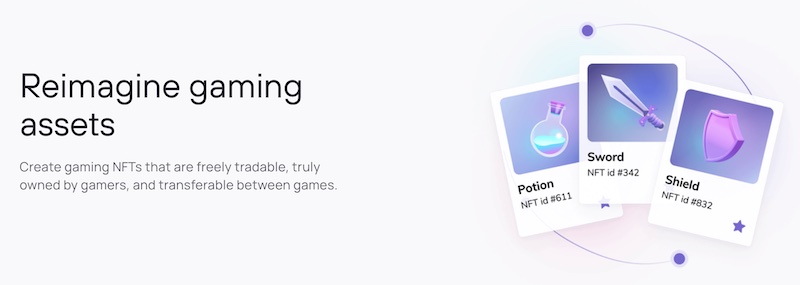
These positive features and innovations in the blockchain gaming sector lead to a surge in blockchain gaming platforms. More game developers and studios are taking an interest in the blockchain as a way to onboard their new projects. Furthermore, some blockchain gaming platforms have already hit billion-dollar valuations, with Immutable X reaching a $2.5 billion valuation. Notably, some of the largest gaming companies are investing in the blockchain.
Why Gaming Matters?
Gaming is powerful, especially for the younger generation. These people genuinely appreciate what it’s like to be immersed in a game and make friends while playing. That’s why the merging of gaming and crypto is so essential. The older generation might have a little trouble understanding how young people can spend thousands of dollars on gaming items such as “skins,” which are used primarily as cosmetics and not functionality. However, the fact is, everyone interested in technology should try to understand gaming – not just “millennials” and “gen z”. It’s constructive to know how games work, how they affect people, and how players can express themselves through gaming.
Games are the cultural experience of the 21st century where individuals not only compete with one another – games become virtual worlds where people socialize and interact with tens of thousands of others online.
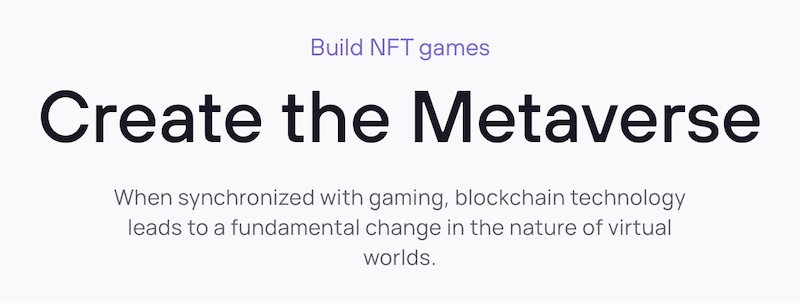
Why Should You Learn Blockchain Game Development?
So what does all this mean for you? You have a new place to play if you like to play games. However, if you want to get a head start on everyone else to land a lucrative career, why not learn about blockchain game development yourself?
Programming games is about creating an interactive experience where players can explore new vistas and worlds. Furthermore, it’s about taking the next step towards the next generation of the internet (Web3), enabling users to control their assets completely.
Crypto and gaming will continue to interconnect as time goes on. More importantly, there are places such as Moralis Academy where you can learn all the skills necessary for blockchain game development. If you’re still trying to decide why to learn Web3 development, read our blog article and find out all the different reasons!
Why Build Games on Ethereum?
Ethereum is the world’s second-largest blockchain, and it’s where so much innovation is taking place. Game development on Ethereum yields the following benefits:
1. Smart Contracts
Smart contracts eliminate the need for third parties since they can automate the process for a secure gaming experience.
2. Immutability
Since no one can alter historical data on the blockchain, Ethereum makes for a more secure gaming platform.
3. Decentralized
Without a central authority controlling everything, gamers get control over their points, funds, and in-game items.
4. Encryption
With the Ethereum blockchain’s high level of security, gamers don’t have to worry about data breaches.
5. Network
Ethereum’s massive customer base affords plenty of capacity to execute multiple gaming transactions. However, as the last boom demonstrated, network congestion results in higher gas fees and longer wait times for transaction execution. Not to worry, layer-2 solutions for blockchain gaming and NFTs such as Immutable X provide an alternative as ETH 2.0 continues to materialize.
Below is a series of courses that will lead you step by step into blockchain game development.
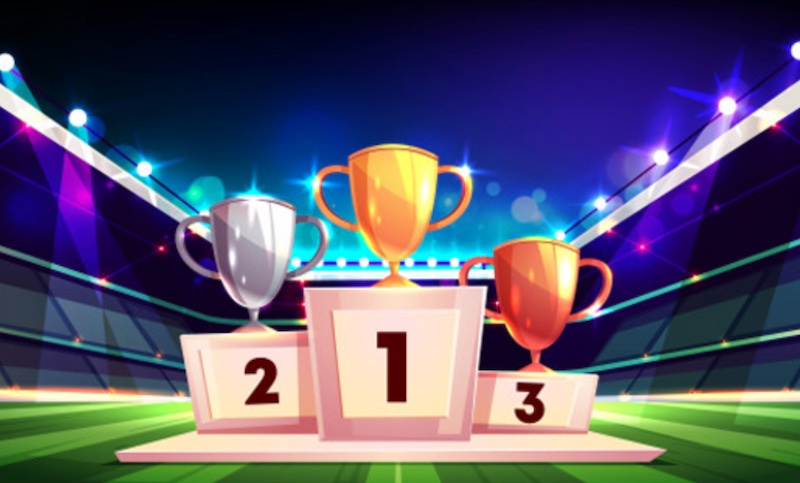
Ethereum Game Programming
You’ll find the top Ethereum Game Programming course at Moralis Academy. It includes a series of classes that will teach you how to build your own NFT game, and the good news is that you don’t need programming experience! You will learn to use NFTs with the latest industry standards in your game. Afterward, you’ll know enough to start your career in P2E and NFT gaming on the blockchain.
The game you will create in this course involves players pumping their bags with ERC-20 coins. But in doing so, you will learn essential concepts in blockchain game development. These include game loops (and why games need them), images, sprites, physics, and collision. Such concepts are prerequisites to programming and have to be sorted out before you start coding. Next, the classes move on to cover Phaser, which is a JavaScript game library.
In sum, this course introduces you to basic game creation skills before letting you get your hands dirty programming. In the next section, you will deploy your game to the testnet. By the end of it all, you will know how to create a game, how to add crypto functionality, and, lastly, how to develop business use cases for it.
Unity Blockchain Game Development
Unity is one of the top game engines globally, and Moralis Academy has you covered in learning it. This Unity Blockchain Game Development course will teach you about core Unity features such as scripting and drag-and-drop functionality. By the time you’ve finished, you’ll have built a game in Unity that you can export to websites.
It’s nice that you can get certain things done in Unity without programming. However, to build a complete game, you’ll need to use C#. The reason for learning C# is because Unity attaches a script to “GameObjects” in the scene, and these scripts are in C#.

If you don’t know C#, you can take the “JavaScript Programming 101” and the “C++ Programming for Blockchain Developers” courses at Moralis Academy. You’ll find that C# has certain qualities similar to JavaScript and C++. So, once you get these basics, you won’t have trouble handling C# in this course.
Here are some other programming concepts you will need to understand:
- Variables
- Loops
- Functions
- Classes and Objects

The next step in gaming classes will use the Enjin ecosystem since it’s integrated with Unity. The Enjin course is where you’ll learn how to put your game on the blockchain.
What is Enjin?
Enjin is a framework for building blockchain games. With it, you can combine gaming with blockchain technology and design your own virtual worlds using familiar game development tools. In addition, Enjin allows you to embrace P2E by creating an open economy. Your gamers can trade in-game assets wily you get to keep a percentage of each sale.
With Enjin, you can reimagine gaming assets by creating NFTs and minting and melting tokens. Further, it integrates into many gaming platforms and is scalable. Therefore, by making gaming NFTs tradable and gamer-owned, you can build games where your players can create real-world value and transfer in-game assets between different platforms. The beauty of Enjin is that it alleviates a lot of the heavy lifting so that creators can focus more on building their games.
Enjin Blockchain Development
The best way to learn Enjin is to take the Enjin Blockchain Development course at Moralis Academy. It will teach you how to combine Enjin and Unity to create your game. You will need some prerequisite knowledge to complete this course, however.
Specifically, you’ll need some knowledge of Unity and basic computer programming. These classes continue where the previous course on Unity (another prerequisite) left off.
In Enjin, you create the game and make the frontend and backend server (if you want one), and Enjin provides the “trusted cloud.” This cloud is the middleman service they provide to communicate with the Ethereum blockchain. It helps with the transactions you’ll need to send to the blockchain.
The trusted cloud interacts with the Enjin wallet and takes care of creating smart contracts minting our tokens. As for actions such as buying in-game items and approving transactions, whenever it needs the user’s approval, it goes through the Enjin wallet. If this sounds confusing, don’t worry! Moralis Academy instructors explain everything thoroughly, and there are always online mentors and the community to lean on when you have questions.

Critical Challenges to Blockchain Gaming
Blockchain gaming’s popularity is attracting gamers and investors from around the world. However, despite its enormous potential and surge in popularity, there are still challenges.
A lack of awareness remains about the blockchain and NFT technology amongst traditional gamers. Even people who’ve heard of them consider them too complicated or a distraction from the status quo and the gaming environment they’ve grown comfortable with. Furthermore, the shifting government regulatory environment has temporarily discouraged some larger studios from exploring blockchain gaming further.
If you know about the recent shake-up in the crypto markets, you’ve probably heard about Terra LUNA. Due to the de-pegging of its sister token and stablecoin TerraUSD (UST), the LUNA token is currently undergoing extreme volatility. If you’re not sure what this token is all about, read our “What is LUNA Token?” article to learn more. Furthermore, UST’s controversial de-pegging raises many questions about the entire stablecoin ecosystem. For more information, get stablecoins explained at Moralis Academy!
The Future of Blockchain Gaming
Blockchain gaming is still in its infancy, and traditional gamers still question its potential. However, as more game studios take the plunge and newer innovations appear, the misconceptions should fade. Moreover, the possibilities should become apparent even to the hardened skeptics.
As we’ve already mentioned, in-game asset ownership, NFT innovations, and P2E rewards are already helping developers to create unique ecosystems and economies for the future. So, now is the time to build your future! Visit Moralis Academy and explore the extensive catalog of blockchain development courses available!
